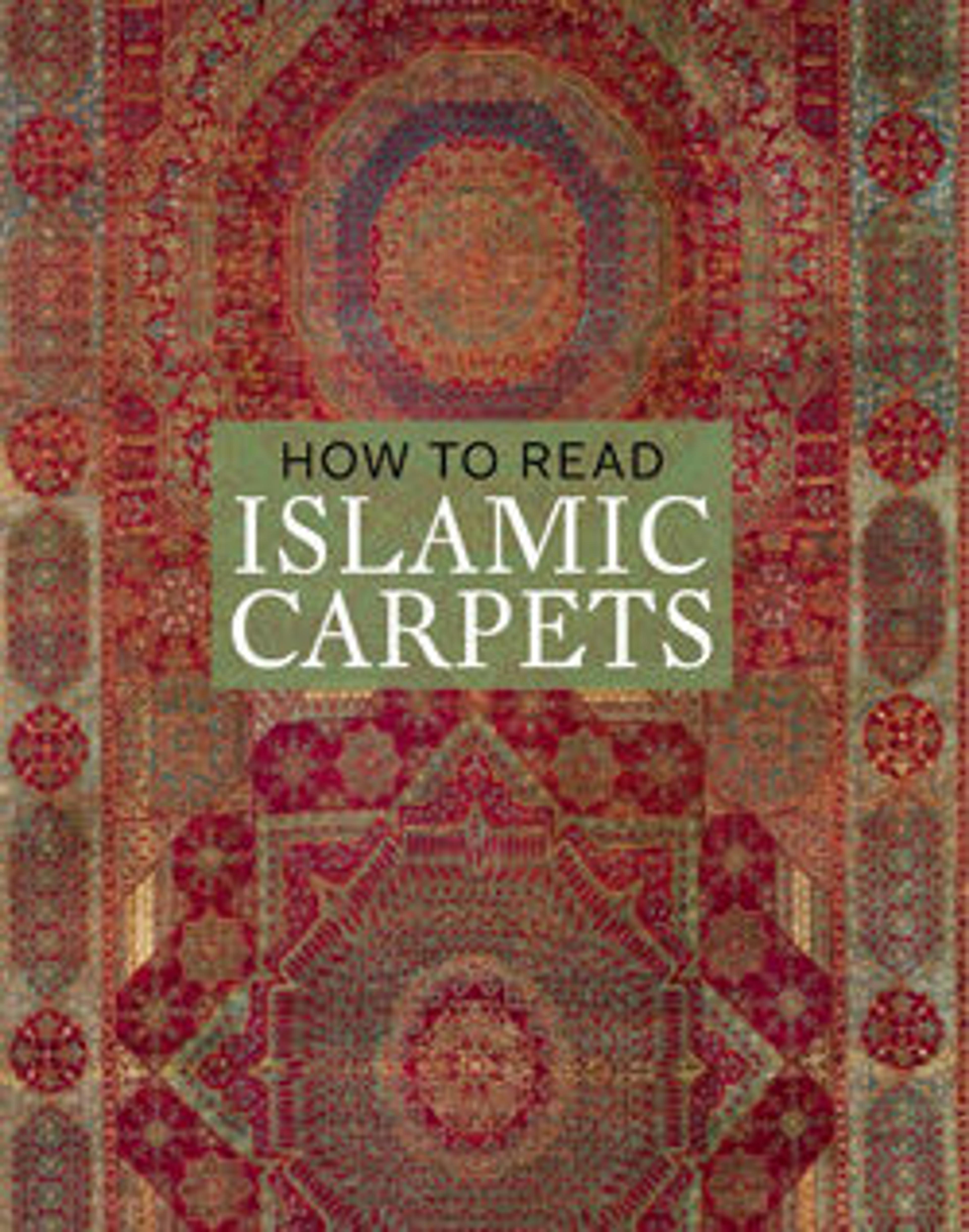The Seley Carpet
This is one of the finest Persian carpets known, produced at a time when the art of carpet weaving had achieved its greatest heights under the patronage of the Safavid shahs in the sixteenth century. Striking in the harmony of its pattern and color, this carpet combines the medallion scheme adapted from bookbindings with a field composed of a well-planned system of floral forms on scrolling vines and floating cloud bands of Chinese derivation.
Artwork Details
- Title: The Seley Carpet
- Date: late 16th century
- Geography: Made in Iran
- Medium: Silk (warp), cotton (weft), wool (weft and pile); asymmetrically knotted pile
- Dimensions: Rug: L. 280 in. (711.2 cm)
W. 121 in. (307.3 cm)
Tube: L. 157 in. (398.8 cm)
Diam. 21 in. (53.3cm)
Wt. 86 lbs. (39 kg) (carpet was weighed with 120 lb. tube at 204 lbs.) - Classification: Textiles-Rugs
- Credit Line: Presented in memory of Richard Ettinghausen, Gift of Louis E., Theresa S., Hervey, and Elliot Jay Seley, and Purchase, Harris Brisbane Dick and Fletcher Funds, 1978
- Object Number: 1978.550
- Curatorial Department: Islamic Art
Audio
6667. The Seley Carpet
0:00
0:00
We're sorry, the transcript for this audio track is not available at this time. Please email info@metmuseum.org to request a transcript for this track.
More Artwork
Research Resources
The Met provides unparalleled resources for research and welcomes an international community of students and scholars. The Met's Open Access API is where creators and researchers can connect to the The Met collection. Open Access data and public domain images are available for unrestricted commercial and noncommercial use without permission or fee.
To request images under copyright and other restrictions, please use this Image Request form.
Feedback
We continue to research and examine historical and cultural context for objects in The Met collection. If you have comments or questions about this object record, please contact us using the form below. The Museum looks forward to receiving your comments.
